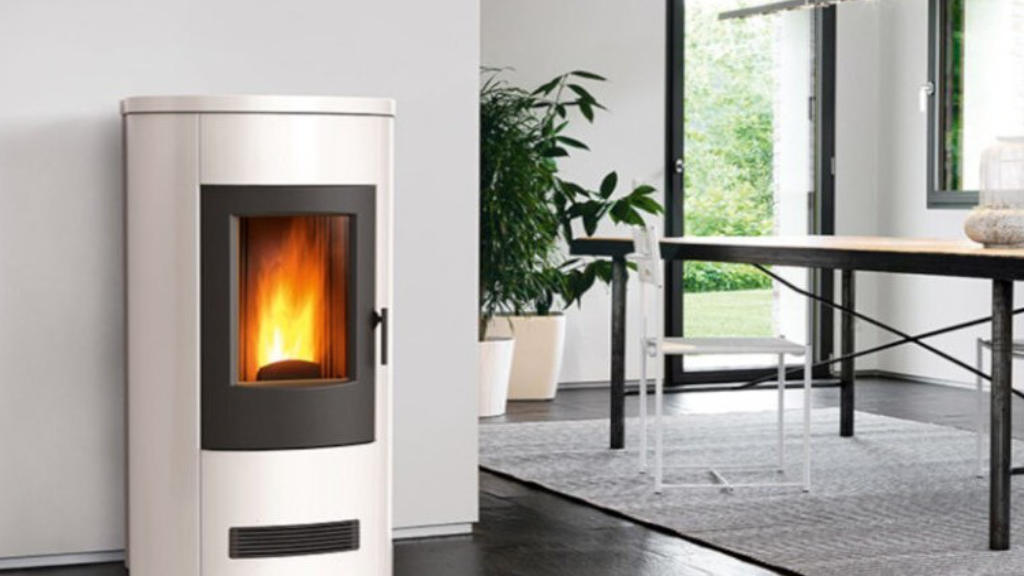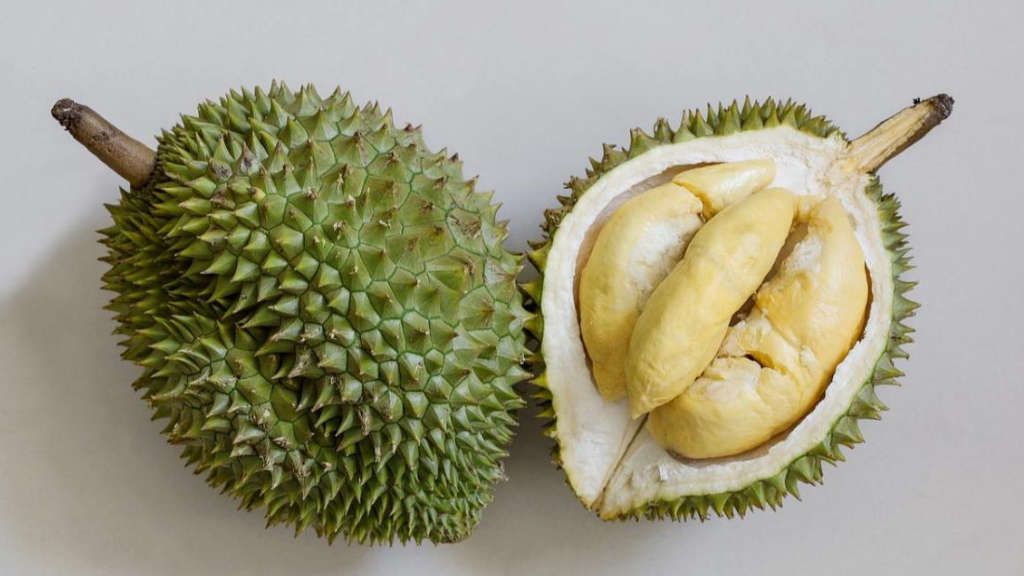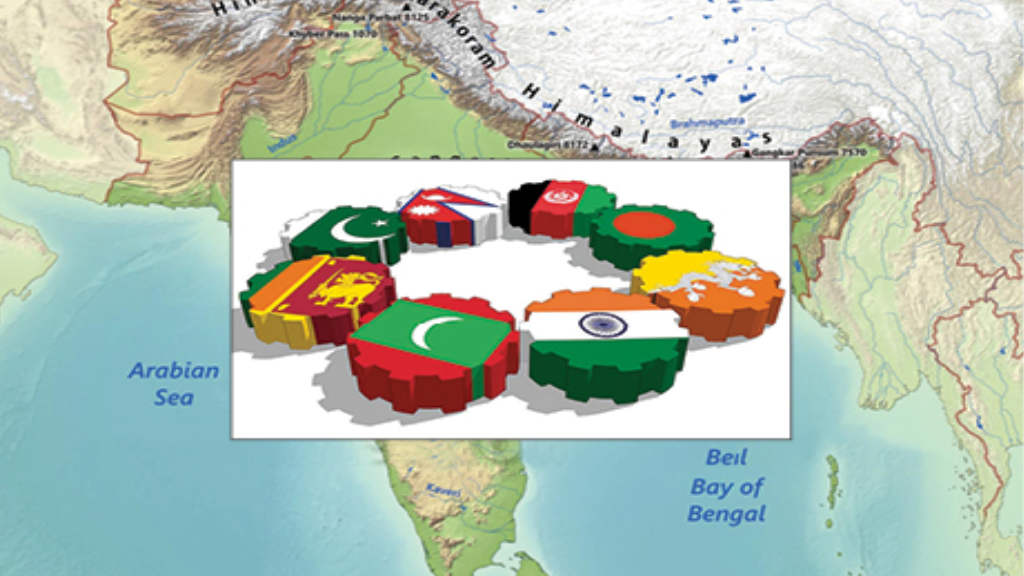Russia’s Segezha Group in Siberia has doubled its wood pellet production year-on-year to 61,000 tonnes in January-June 2025, the group has stated.
The company has almost tripled its pellet sales to 70,600 tonnes in H1, up from 25,200 tonnes in H1 2024. The main purchaser was South Korea, to which the company supplied more than 80% of the total products, considerably more than the 22,400 tonnes exported in 2024.
The products were manufactured at the Lesosibirsky LDK N1 timber processing complex in Krasnoyarsk and TimberTrans and Tairiku-Igirma Group (TIG) in Irkutsk. Lesosibirsky LDK N1 accounted for 45% of the total pellet produced, TIG for 29%, and TimberTrans for 26%.
Dmitry Beresnev, Segezha’s Deputy President of Commercial Operations, said that “From the beginning of the heating season in the second half of 2025, pellet sales on the domestic market are expected to increase, and so too are exports to key foreign markets. We plan to expand our client base and diversify our product portfolio and have high hopes for the prospect of exporting Russian pellets to China.”
Oleg Shubin, a director of Segezha’s timber processing division, said, “The company is gradually stepping up pellet production through the active work of our plants in the Krasnoyarsk territory and the Irkutsk region, Segezha Group’s key pellet producers. Starting from August 1, we have resumed the production of pellets at the Novoyeniseysk LHK timber and chemical complex [in the Krasnoyarsk territory], which will boost combined production and sales indicators for 2025 by over 20,000 tonnes.”
The company sold over 14,000 tonnes of pellets on the domestic market in H1 2025, a five-fold increase year-on-year. 10,300 tonnes of products from Lesosibirsky LDK N1 made up the majority of these sales.
Pellets are used in heating, with demand especially high during the winter months. The biomass pellet market in South Korea is showing significant growth thanks to active government support for bioenergy. South Korea’s Renewable Portfolio Standard (RPS) requires energy companies to transition to renewable energy sources, leading to an increase in wood pellet imports. In the residential sector, wood pellets are widely used in pellet stoves and heaters and are an inexpensive and low-emission heating solution. South Korea’s wood pellet market is influenced by government policies, including subsidies for renewable energy and the pricing of Renewable Energy Certificates (RECs).
South Korea has gradually warmed up to using Russian products again after a period of engaging with sanctions against Moscow.
Further Reading
Russia and China Discuss Wood Pellet Standards for Russian Exports





